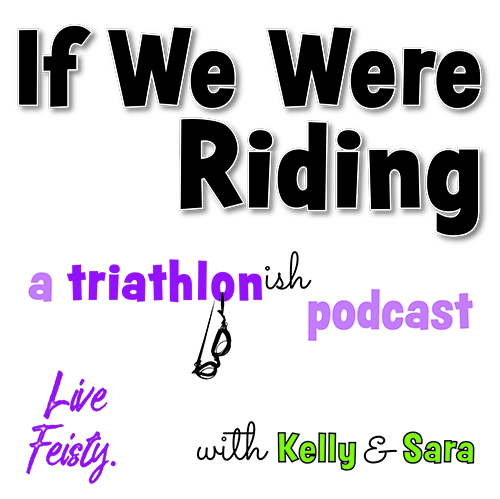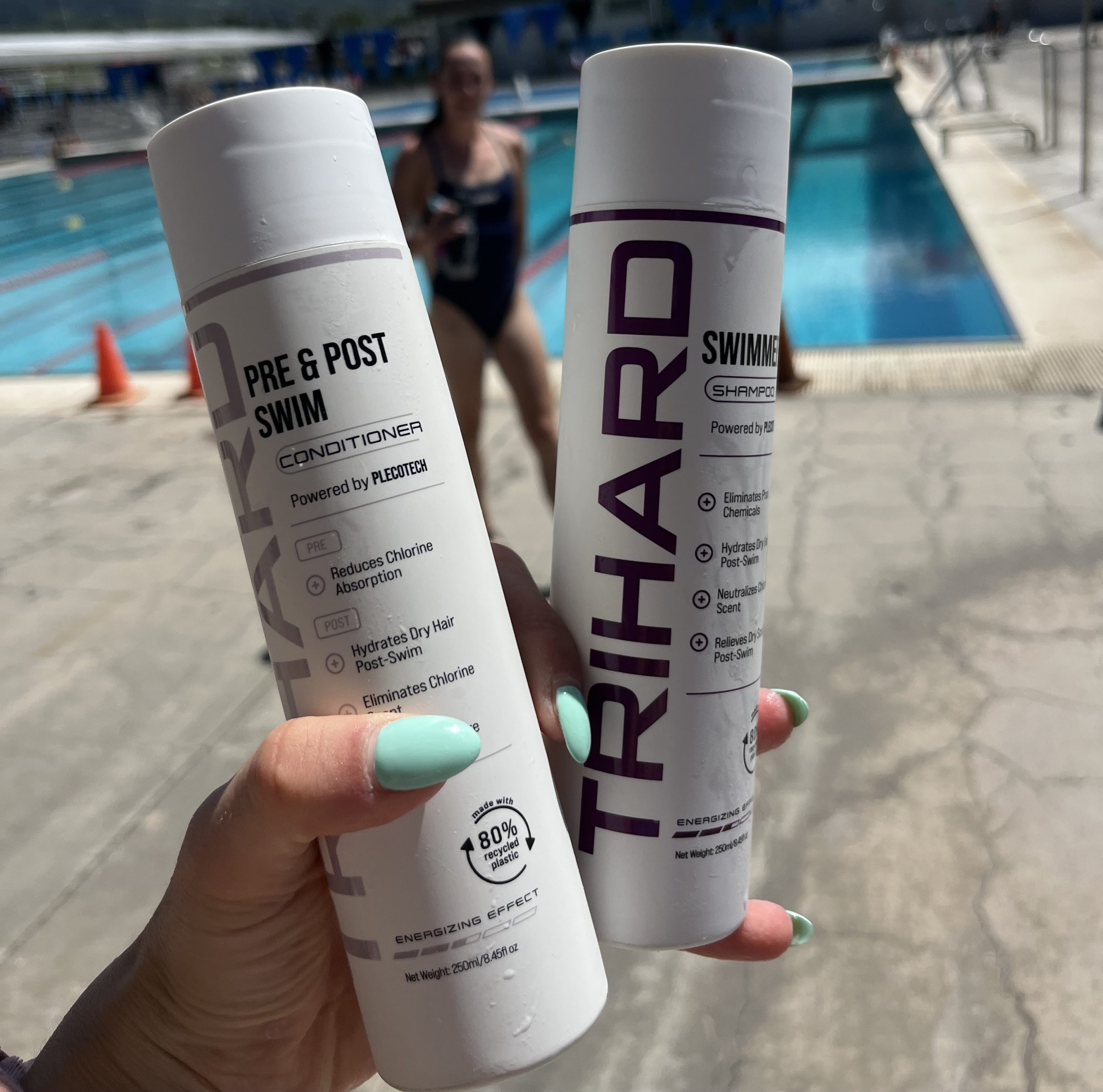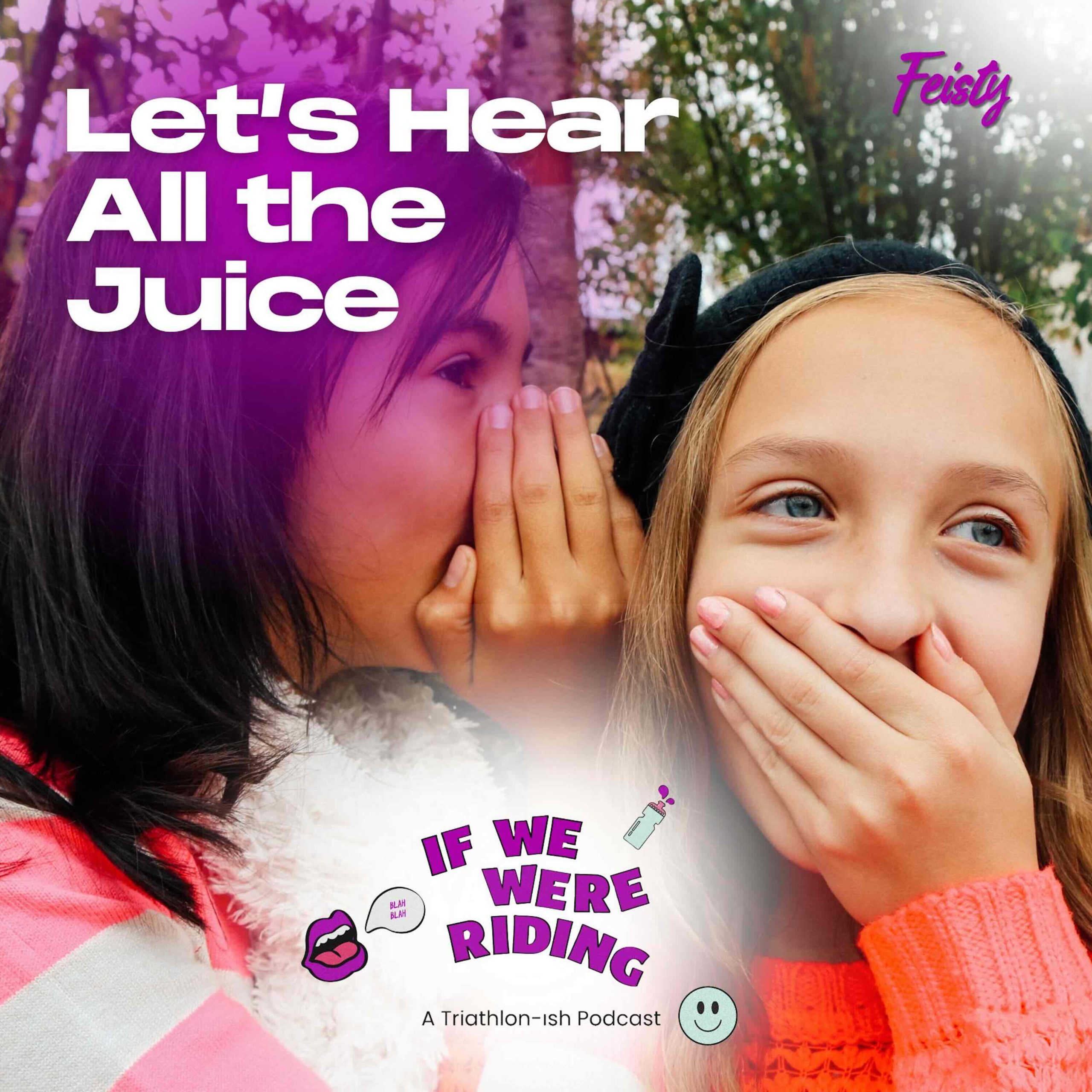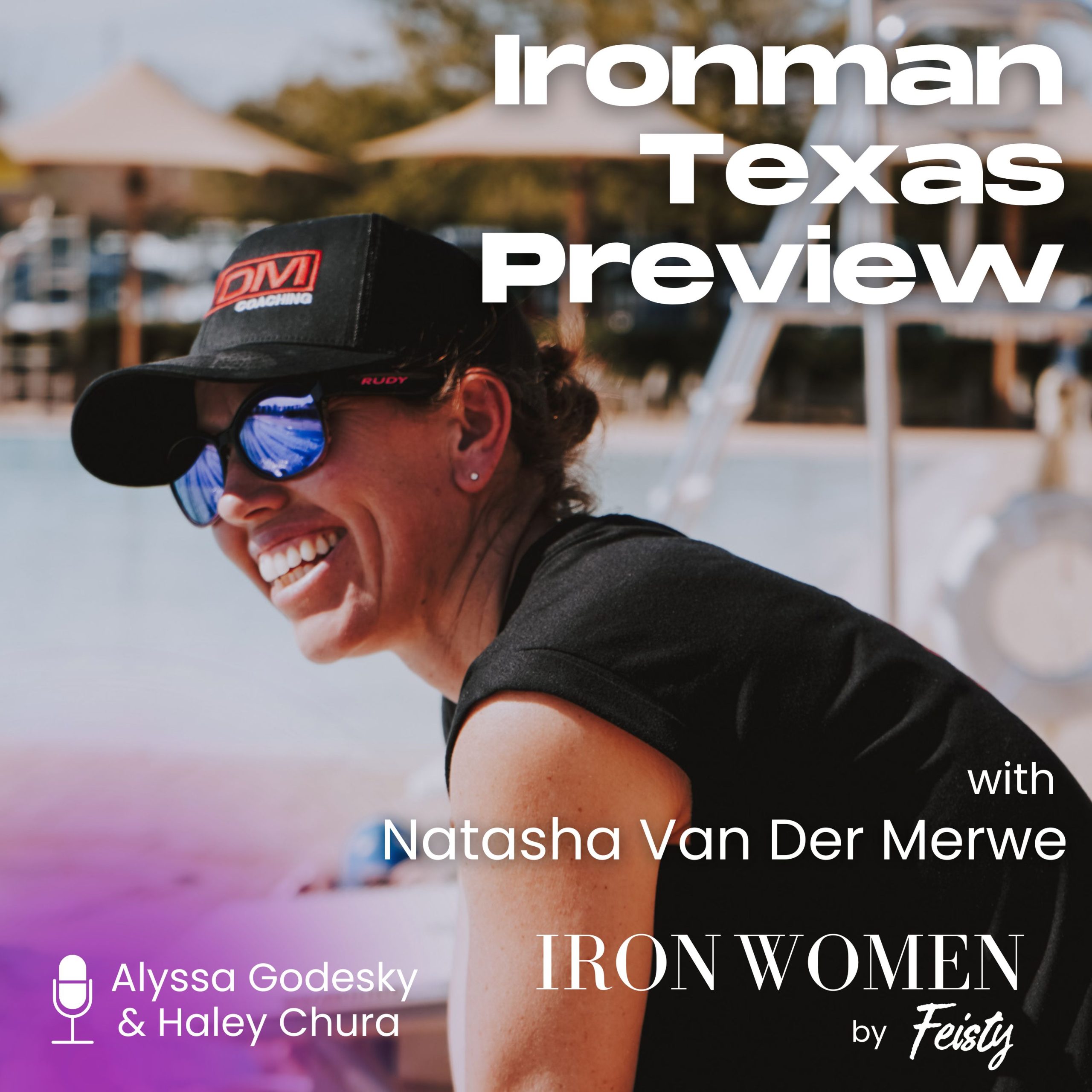June 12, 2019
Newsletter ep. 91: Ironman’s IPO
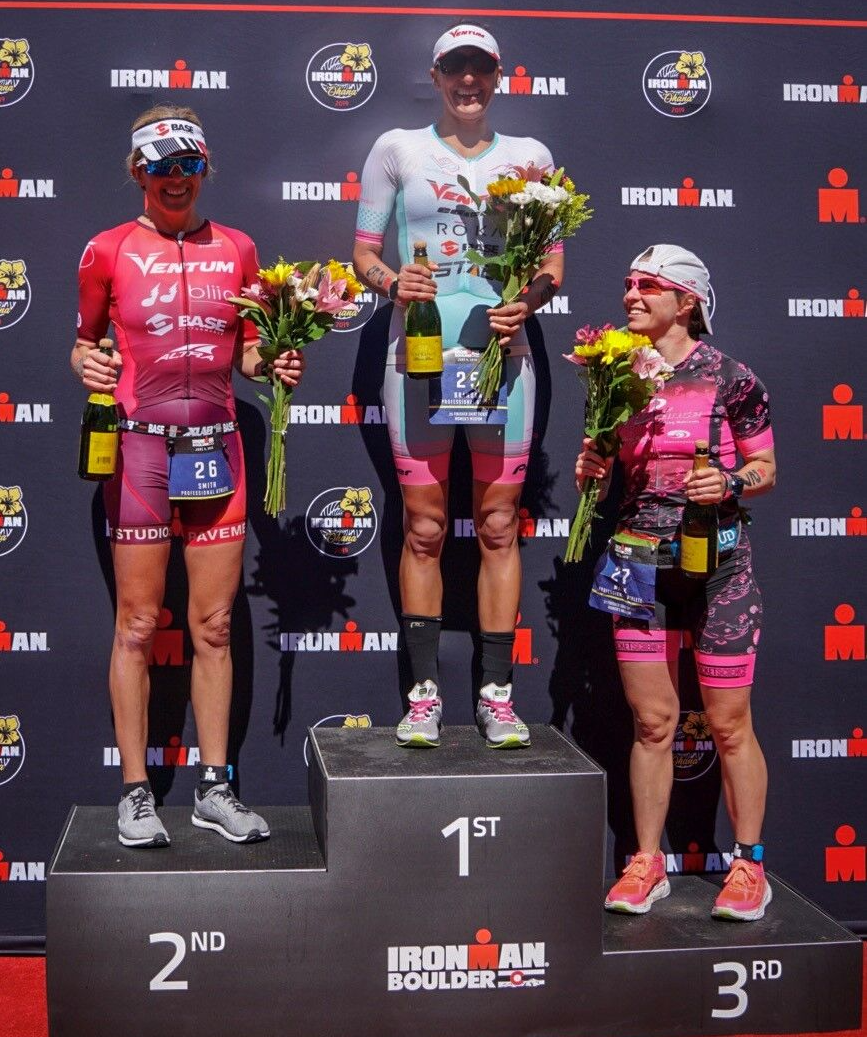
If We Were Riding’ is a weekly triathlon-ish newsletter written by Kelly O’Mara and produced by Live Feisty Media. Subscribe to get it in your inbox every Wednesday morning. You can also read past issues. This episode is from June 12, 2019.
____________________
If you tweeted at me this week or messaged me or, I dunno, one of the many other ways you can @ me in 2019, sorry. Friday I signed out of all the social medias and I haven’t been back yet. I found myself just getting annoyed and tired and wanting to not hate people for no reason. So far, the break isn’t providing me with extra time; I’m mostly just texting a lot instead. And even though I don’t have Twitter gossip for you this week, I do have quite a few odds and ends backlogged from the last few weeks, and some interesting news. So on with it.
__________________
Ironman’s long-term plan
This is a photo of the last (ever?) Ironman Boulder podium. [Side point: I was glad to see Lauren Brandon win one this weekend, though she may be the defending champ forever now.] The day before the race, I got a press release announcing there wouldn’t be an Ironman in Boulder anymore. For some reason.
I have no obvious explanation as to why. It’s a popular race and a triathlon hotspot/destination. There must be something behind-the-scenes that wasn’t working out. But I wish I had a sense of how all the moves Ironman is making fit together, what the long-term strategy is.
Ironman Canada moves back to Penticton. St. George comes back as a full, but only every three years—with a 70.3 the other years and rotating with two yet to be announced other cities. There’ll be a new full Ironman in one of four finalist locations in the Midwest. And now, there’s no more Ironman Boulder.
I know these decisions happen because of the specifics of each contract and location. In some ways, they happen in isolation from other decisions. But, honestly, I have no real sense anymore of how the decisions fit together: these U.S. moves and the continual acquisitions and the new international races popping up here and there. What’s the three-year, five-year, ten-year plan?
This week, Ironman also filed its initial draft IPO. Or rather Wanda Sports, of which Ironman is a portion, filed the registration form with the SEC to announce an IPO later this year of up to $500 million. I read a lot of the 162-page filing on Monday and wrote about what we can learn from it. But let me tell what we don’t know: What the plan is from here.
The Kona change we were waiting for…
No, not that one. The one about drafting and spreading out swim starts.
Ironman made another announcement this week: Kona will be moving to wave starts in order to minimize everyone hitting the bike at the exact same time, which should help some with crowding (ie. the inevitability of drafting). It’s an announcement I think we all saw coming since almost last year’s race. They’ve been hinting at for a while and almost everyone has suggested it over the years.
But one thing. Not to point out the obvious. Right now, the waves start with the 18-39 men at 6:55 a.m., then proceed every five minutes with all the men’s waves then all the women’s waves after. This inevitably screws the women, who have to ride through all the men—and in some cases even closer behind the men than they were before. The front of the 18-39 women (who swim around an hour or just under) will be getting onto the bike at the same time as the largest bulk of the 40-something men (who swim in the 1:10-15 range). The fastest age group women will be stuck in packs the entire time.
I get that it’s all just math and spreading out the times when people hit the bike. But if we set aside the assumption that the women should start after the men and we accept that the front of the women’s age group race deserves at least as fair a chance as the front of the men’s, then this doesn’t seem like the best way to space things out.
It seems instead like you could do this: Start the 18-39 women at 6:40 a.m. or 6:45 a.m.; they won’t catch the pro women with a ten-minute buffer, since they’re not faster than the pro women. Then start the 18-39 men 20 minutes later, at 7:00 a.m. or 7:05 a.m. Yes, some men will get out of the water with some women, but with the 20 minutes the people getting on the bike at the same time will have enough speed differential it won’t make as big a crowd/draft; it would be spread out. (Also, there are far fewer women, so hah, you know, perk of inequality. It’ll have less of an impact.) Then proceed with your five minute waves. You could also add a ten-minute break later between waves to give slightly more of a buffer.
I’m sure Ironman compared the math and the numbers. It’s just that I’ve seen different wave math at different races very consciously trying to space out who starts when. And I think we could do better here.
Women in North America
There’s a question that’s come out of our discussion on how there are more pro women in North America: Does this mean we should focus our ‘get more women into triathlon’ efforts on other places in the world? Is it a better bang for our buck outside North America? And are there specific things we can use from here for there?
I’ve got a secret for you, though: I don’t actually care about just arbitrarily strong-arming women into triathlon. I care about creating an inclusive, barrier-free, and sustainable sport that addresses its long-term attraction and retention problems. That means I don’t want to just hit some random number of women and call it good. I want to create opportunities for women everywhere to do triathlon *if they want to do triathlon* and give them the means and access to do so, AND I want to continue to encourage the women who are already here. That’s not an answer to the question, but it’s something I always think when people start talking about getting more women into the sport.
I’ve also got another secret for you: Title IX is the difference in the U.S. The big difference. We can’t replicate this with our individual grassroots efforts, not unless we drive and push for that level of systemic change and support. That’s just the reality.
The women in France
Speaking of. I’ve been watching a lot of Women’s World Cup. And I have a lot of soccer-specific thoughts—like not about how these women are an inspiration or what it means for young girls or if we’re in a transitional period in women’s soccer. I have drunk sports fans arguing in bars type of thoughts. @ me if you want to hear them.
One of them is this: As it stands, the U.S. and France will likely meet in the quarter-finals. The U.S. and France are pretty handily the two best teams in the world. That game *should* be the final. And if the U.S. gets knocked out in the quarter-finals it’s going to be hella shitty for a lot of reasons. I’m half hoping they decide to throw the Sweden game in the rounds in order to have a lower seed coming out and then not have to play France until later. But that’s not what they looked like they’re going to do after that game against Thailand. So.
__________________________
- If you’ve followed runner Gabe Grunewald’s story, then the news that she’s been moved to end-of-life care is probably heart-breaking. Her husband posted that people should send her any last messages. If you haven’t been following her story, then learn why you should be #BraveLikeGabe. (Today/Runner’s World)
- This feels in that spirit: A runner starts a permanent aid station, open to all. (Trail Runner)
- Alistair Brownlee will do his first Ironman at IM Ireland next weekend and I’m not the only one who’s curious about what this means for his Kona v. Tokyo plans. Maybe both? (Twitter)
- In other former ITU stars moved to the Ironman distance: Sarah True passed out during IM Cairns. Clearly I need to push myself harder in races. (Instagram)
- Why would anyone choose to run 100 miles through the desert? (LitHub)
- There are fewer kids riding bikes, which doesn’t bode well for the industry. (Washington Post)
- Turns out protected bike lanes work. And Vancouver is trying to roll out bike lanes that are comfortable for all cyclists—though I’m not totally sure what that means and they aren’t sure yet either. (CityLab/Fast Company)
- The NBA is also trying to get 50% female refs and, ultimately, head coaches. They’re not totally sure how to do that either. (Guardian)
- If you had any questions left about the pregnancy clauses in athlete contracts, they’ve all been answered here. (Runner’s World)
- An interesting study came out last week measuring the limits of human endurance, and you can read it a couple of different ways: 1. Basically the metabolic rate caps at about 2.5x normal for any extended period of time. (A marathon uses about 15.6x, but you can’t sustain that for multiple days.) 2. Pregnancy uses about the same metabolic rate as extended endurance races, so is pregnancy as hard as ultra-endurance events? (BBC/Quartz)
- Another study came out a week or so ago about how much micro-plastic there is in the deep ocean and how much is being eaten by fish. It’s not necessarily a study you want to read before dinner. (NPR)
- In ideas I’ve actually had: Tourists want to see the glaciers before they vanish. I’ve thought about starting a ‘climate change’ tour company. See the sites before they’re gone. (Anchorage Daily News)
- The trail runners are responding to allegations they’re lazy about trail building. (Outside)
- If you want to do the New York Marathon, Michelob’s offering spots to runners who pick up trash on their runs. (Runner’s World)
- Western States’ policy for trans athletes is one of the better thought-out, well-intentioned, and thoroughly researched policies out there. (New York Times)
- One of the reasons I keep thinking enforcement of rules for trans athletes and intersex athletes doesn’t even really make sense on a practical level is because I know we don’t even really have a system to enforce our doping rules, which maybe we should focus on first. So. There was an announcement last week that IAAF will be expanding its out-of-competition testing to be, well, some, since it doesn’t have the funding to do much at all. (IAAF)
- An idea I’d never thought of before and didn’t know much about, but makes sense: Make college scholarship offers public. (Sports Illustrated)
______________________
Comments & thoughts
– Karlyn shared Bree’s story with me—which I hadn’t followed in a while and didn’t realize she had totally broken her leg before coming back to finish Honu last weekend. Good for her.
– Sophie is fighting the good fight in Amsterdam, where she explained to a race director why having just one time for both men and women to be in the “race” heat made no sense.
– Alison loves the messages from my mom. (See, Mom, told you.)
– And, we’re also all slightly confused about whether there are four or five China Ironman 70.3 races this year. Guess we’ll see…


 Outspoken Women in Triathlon Summit Returns Bigger than Ever
Outspoken Women in Triathlon Summit Returns Bigger than Ever  Driving the Lamborghini: Productivity and the Power of Paper
Driving the Lamborghini: Productivity and the Power of Paper  5 take aways from the Compete Sports Diversity Summit
5 take aways from the Compete Sports Diversity Summit  Simple Tips to Hone Your Bike Handling Skills
Simple Tips to Hone Your Bike Handling Skills 